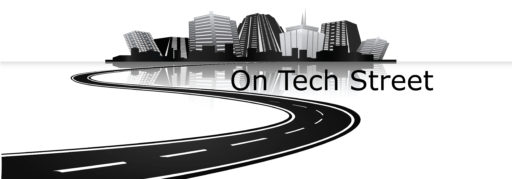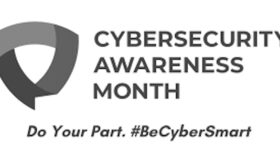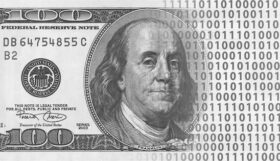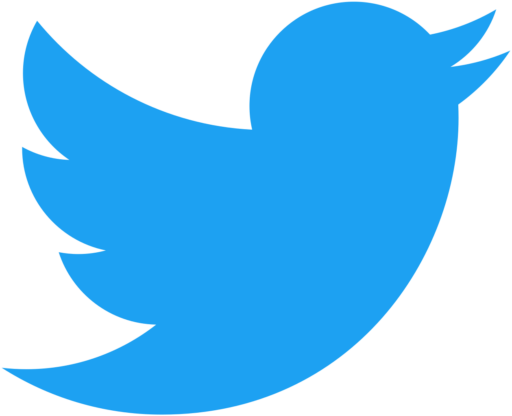Cable Television is Feeling The Heat
 There is not a single black person who has not waited half a day for the cable technician to show up at our house; if they showed up. And who hasn’t put up with poor customer service and high cable bills for channels we don’t watch? You know the package where you get the two channels of you want and fifteen channels of crap! We have paid enough and put up with enough.
There is not a single black person who has not waited half a day for the cable technician to show up at our house; if they showed up. And who hasn’t put up with poor customer service and high cable bills for channels we don’t watch? You know the package where you get the two channels of you want and fifteen channels of crap! We have paid enough and put up with enough.
Video streaming is what’s happening now. The number of people dumping cable televison, or cutting the cord as some call it, is growing. Research conducted by TiVO subsidiary Digitalsmiths shows that 8.2 percent of former cable TV subscribers have cut the cord. That’s up a full percentage point from last year. Another 45.2 percent reported having reduced their cable or satellite TV service during the same time frame. A practice known as cord shaving. These stats are putting huge pressure on the cable television industry.
Cord shaving consumers are chosing to go with smaller pay TV bundles. Streaming services like Netflix, Hulu and Amazon Instant Video are becoming the video entertainment of choice. Why? Convenience is the first thing that comes to mind. Anywhere, anytime is a very appealing option. Second is the cost, streaming video services are significantly cheaper than cable television. Third, the shows people know and love are there for the viewing. And finally, cable customer service sucks!
Cable companies are feeling the heat. Verizon FIOS is the first major cable provider to go for the ala carte menu. They now allow cable customers to pick and choose what channels they want to pay for. But in defense of the cable companies they were in a bad position. Many media companies demanded that if the cable company offers one network they had to offer all of them. The result was expensive cable bills for the consumer.
Cable companies are also offering you that DVR thing that costs you so much a month to use but never own. Welcome to the age of the Internet, video streaming, on demand, wherever we want it. NOW! Its becoming obvious that the cable television business model is slowly dying.
Many people are worried about their Internet service and live programming like sports. But that is no longer a concern either. Keeping basic cable and Internet has always been an option. And new streaming services like SlingTV from DISH Network will provide ESPN and ESPN 2 for just $20 a month. You can get other ESPN channels for just $5 more. And lets not forget that live sports will eventually become a regular part of the streaming media package. Yahoo will stream a live NFL game on October 25th. Its a sign of things to come. Other interesting services that are coming into the marketplace include HBO’s new service HBO Now. This allows you to stream HBO programs and movies as a stand alone service.
But lets get back to the cost of cable television. It is not unheard of for cable bills to be as high as $200 a month. African-Americans need to look at their bill and really make some hard choices about their cable package. Black families can get an idea of the money they may save by using the interactive calculator provided by MarketWatch.com.
According to the survey 15.3 percent of consumers are planning to either switch, change, or cut the cord completely to cable television service.
Streaming media services offer original programming that is recieving high acclaim. Orange Is The New Black is an extremely popular program that is only available on Netflix. One of the most popular shows in the history of telelvision, Seinfeld, is now available on Hulu Plus. Another one of televisions hottest shows, Empire, is also streaming on Hulu Plus.
Cutting your cable may be a no brainer for some people. For others its a decision that may take some thought. But the bottom line is cable television is being threatened by a new technology with better choices and convenience. Cable televison operators are fighting to stay in the game but its not looking good. I can take my tablet, laptop or cell phone anywhere and watch whatever I want, when I want.






